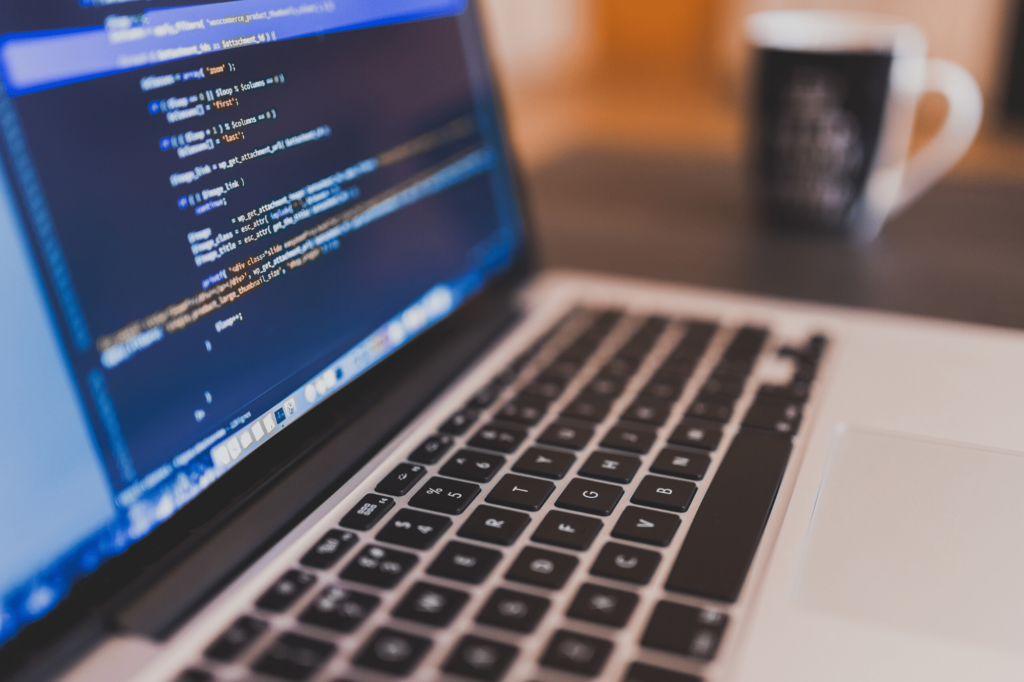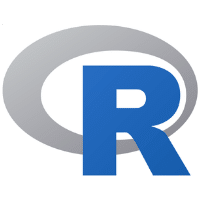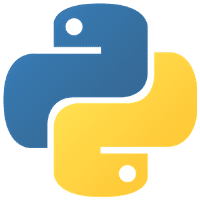
Worldwide, people create over 2.5 quintillion bytes of data every day. Are you harvesting your share to ensure your business stays ahead of the game?
Sophisticated, up-to-the-minute data collection processes are an essential tool for every modern-day business. Yet, all that information is worthless unless you know how to make sense of it.
If you want to harness the power of all this data, you need to bridge the communication gap between man and machine.
Data visualization is the key to getting the most value out of your business data. Behind every data viz platform is a team of coders working to make that data come to life using various programming languages.
Data programming is the magic formula used to translate these reams of figures. The results are easy-to-understand graphic representations.
Which Programming Languages Are Best For Data Visualization?
If you’ve ever worked on creating pivot charts and graphs in Excel, you’ll know that it takes a lot of work to get results. Results that aren’t attractive enough to warrant all that hard slog.
You’re also never 100% sure that user error hasn’t skewed the outcome somehow.
Data visualization solutions do all that work for you. The process is automatic, fast, impartial and 100% accurate. Thanks to effective programming, it all happens behind the scenes.
The end result is data visualization tools that are accessible to everyone.
This means you can view and analyze your critical business data at any time, allowing instant access to the information you need. This has several benefits for the success of your business.
With the relevant information at your fingertips, you can stay on top of things with regard to your business. Proactive strategizing, marketing, and problem-solving are so much easier when you can get data on demand.
Many of today’s computer programming languages are suitable for data visualization outcomes. Yet, there are four that stand out head and shoulders above the rest.
These are the most common data programming languages that data analysts and scientists use to convert big data into useful graphics.

R Programming Language
This popular, and free, programming language came about in 1995. It is a direct descendent of the S programming language.
It’s written in Fortran, C, and itself and currently supported by the R Foundation for Statistical Computing.
Designed by scientists and statisticians to make their lives easier, R is most often used to reveal patterns in huge blocks of data. Since this is the first step in any data visualization project, R is a very common programming language for this field.
In basic terms, it works by uploading data into a workspace and using arguments between high and low values to plot graphs and charts. You can achieve several types of visualizations using R.
These are:
- Scatter plots
- Bar & stack-bar charts
- Box plots
- Histograms
- Heat maps
- Area charts
- Correlograms
These are suitable for presenting visual comparisons, distributions, and relationships between data sets or for displaying the composition of your data.
Benefits of R
R packages are suitable for almost any statistical or quantitative application. Neural networks, phylogenetics, non-linear regression, and advanced plotting are just some of the things it’s used for.
Even the base installation comes with comprehensive built-in statistical methods and functions. R handles matrix algebra exceptionally well.
Used in tandem with libraries like ggplot2, R is an excellent tool for data visualization applications.
Drawbacks of R
R may be brilliant at what it’s designed for but as the saying goes, ”good things take time” and it’s undeniably slow.
For programmers with experience in other languages, R has a few quirks that can catch them unawares. While it’s great for statistical analyses, there are much better programs available for general programming.
R in General
Depending on your speed requirements, you can’t go wrong with R as the basis for solid data analysis and basic representations. Being open-source it’s accessible to everyone and is undergoing an upsurge in popularity as the field of data visualization continues to grow.
Matlab
Although it’s not a name you hear often outside of the coding world, Matlab has been doing the math since 1984. It’s owned by the prestigious MathWorks company and is widely used in the realm of statistics and academia.
Benefits of Using Matlab for Data Visualization
Matlab is specifically designed for numerical computing and as such it’s perfect for data visualization purposes.
It’s well-suited for applications that require mathematical quantifications like matrix algebra, Fourier transforms, signal processing, and the all-important image processing.
Matlab has some fantastic inbuilt plotting capabilities.
It’s taught as a matter of course in undergraduate studies in numerous fields like engineering, physics, applied mathematics, and computer science. Thanks to this, it’s often used in these fields.
Not-So-Great Features of Matlab
Matlab isn’t free and licenses can be pricey. It’s also not the best choice for general-purpose programming.
These two factors make Matlab an expensive choice for any business wanting to invest in data visualization. Apart from the initial costs of licenses, personnel who specialize in Matlab are rare and highly-paid individuals.
Scala
Scala came to the fore in 2004 thanks to the efforts of the German computer scientist, Martin Odersky. It runs on the Java Virtual Machine.
Being a multi-paradigm language, Scala enables both functional and object-oriented approaches. Apache Spark, famous for its cluster computing framework, has Scala as its basis.
Scala arrived just in time for the big data boom and is ideal for computing vast strings of information easily and accurately.
Benefits of Scala for Data Visualization
Scala is free and a top choice for data scientists working with high-volume data sets.
It allows interoperability with the Java language, making it a good general-purpose language too.
When combined with Spark, you get high-performance cluster computing.
The Downside of Scala
Mastering the art of Scala isn’t easy as it has a complex syntax and type system.
It’s vastly different from common dynamic languages like Python.
The extra effort required to learn Scala isn’t worth it if you are only going to be working with small volumes of data.
The Bottom Line
Scala is best reserved for large businesses with the resources to hire specialized staff to run it. If you’re not going to be working with big data, then R is a better tool for your data visualization needs.

Python For Data Visualization
Python has its origins way back in 1991, the same year that the very first website came to light, and is the brainchild of the Dutch programmer, Guido van Rossum.
It’s an exceptionally popular general-purpose language and is widely used in the data science community. Even giants like Google, Instagram, and YouTube rely on Python for their day to day operations.
Unbelievably, Python licenses are still free!
In the field of data visualization, Python offers a host of top-notch graphing libraries such as:
- Pandas Visualization
- Matplotlib
- ggplot
- Seaborn
- Plotly
These help to create live, highly customized plots and interactive presentations.
Cons of Python
Typos count when programming in Python, so programmers need to take due care.
In its purest form, Python isn’t the greatest of languages for data visualization, but when used in tandem with add-ons it offers everything you need for accurate, attractive, and understandable graphics.
Pros of Python
Python has an extensive range of purpose-built modules and vast community support. Most online services have a Python API.
It’s easy to learn even for those new to programming and the extra packages like scikit-learn, Tensorflow, and pandas make it a dependable option for advanced machine learning applications.
Despite being easy to learn, Python is applicable far beyond entry-level programming. It’s consistently used at the highest levels of data analysis.
That’s why Python is the language of choice when we develop most of our data visualization software.
All our back end developers are highly skilled in the intricacies of Python. They know their way around the associated data libraries such as NumPy, SQLAlchemy, Pandas and so on too.
They’re experts at creating high-quality visualizations using third-party BI tools and turning confusing batches of information into clean, structured data.
Tune into Your Businesses Data With the Programming Languages Mentioned Above
It’s clear that data programming is the most important thing behind effective data visualization solutions. It’s also apparent that a one-size-fits-all approach is not effective for the best data viz results.
Unless you’re a data visualization expert yourself, you won’t know where to start when it comes to hiring the right programmers to fine-tune your data visualization ambitions. That’s why it’s best to leave it to the pros.
Customized solutions for your business are the only way to go. Take a look at how data visualization and reporting can work for your business or get in touch for more information on how we can help you.
